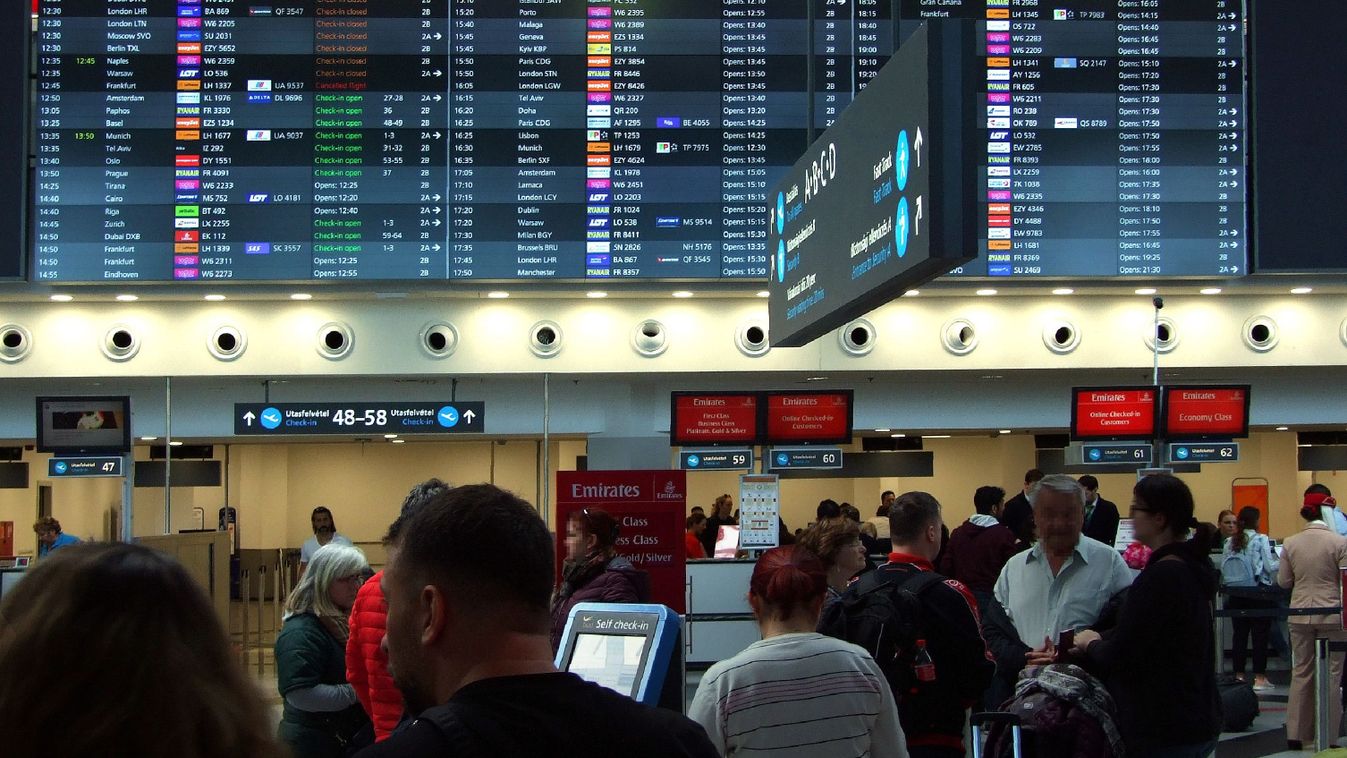késleltetett adatok
Hugging a Burning Tree
But now, in the name of saving the planet from climate change, environmentalists are proposing an immense global campaign to cut down and burn trees and scrubs in order to reduce fossil-fuel use. The initiative could be dismissed as a weird irony, if it weren’t for its phenomenal costs, which include likely destruction of biodiversity, increased water use, and reduced global food production. And it may end up increasing global CO2 emissions to boot.
When most people think of renewable energy sources, they imagine solar panels and wind turbines. Globally, however, solar and wind are only a small part of total renewables – less than 7% in 2010. Hydropower is a much bigger player, at 17%. But the most important by far is biomass – humanity’s oldest fuel makes up 76% of today’s renewable energy and 10% of all energy. About 60% of this is wood, twigs, and dung, used by almost three billion people who lack access to modern fuels – and resulting in terrible air pollution and millions of deaths.
sBut the West uses the other 40% of biomass to produce heat, and it will increasingly use it to generate electricity. This makes sense, because solar and wind power are inherently unreliable – we still need electricity on cloudy days or when the wind dies down. Biomass (along with hydropower) can be used to smooth the fluctuations inherent to wind and solar.
Biomass is experiencing a revival, because it is considered CO2-neutral. The conventional wisdom is that burning wood only releases the carbon sucked up while the tree was growing, and hence the net climate effect is zero. But a growing number of voices challenge this view. The European Environment Agency’s Scientific Committee has called it a “mistaken assumption” based on “a serious accounting error,” because if a forest is cut down to burn wood, it will take a long time for new growth to absorb the CO2 emissions. The climate effect could be a net increase in emissions if forests are cleared to create energy-crop plantations.
According to the Committee’s members, “the potential consequences of this bioenergy accounting error are immense.” Environmentalists’ plan to obtain 20-50% of all energy from biomass could mean a tripling of current biomass consumption, placing its production in direct competition with that of food for a growing global population, while depleting water supplies, cutting down forests, and reducing biodiversity.
An academic paper published last year makes the point clear in its title: “Large-scale bioenergy from additional harvest of forest biomass is neither sustainable nor greenhouse gas neutral.” Its authors point out that while the Industrial Revolution caused climate change, reliance on coal was actually good for forests, because our forebears stopped raiding forests for wood. This is one of the major reasons that forests in Europe and the United States have recovered – and it is why many forests in developing countries are threatened. The developed world’s re-enchantment with biomass could take it down a similar road.
But the biggest problem is that biomass production simply pushes other agricultural production elsewhere. Studies are just beginning to estimate the impact. In Denmark, a group of researchers estimated by how much various energy crops would reduce CO2 emissions. For example, burning a hectare of harvested willow on a field previously used for barley (the typical marginal crop in Denmark) prevents 30 tons of CO2 annually when replacing coal. This is the amount that proud green-energy producers will showcase when switching to biomass.
But burning the willow releases 22 tons of CO2. Of course, all of that CO2 was soaked up from the atmosphere the year before; but, had we just left the barley where it was, it, too, would have soaked up quite a bit, lowering the reduction relative to coal to 20 tons. And, in a market system, almost all of the barley production simply moves to a previously unfarmed area. Clearing the existing biomass there emits an extra 16 tons of CO2 per year on average (and this is likely an underestimate).
So, instead of saving 30 tons, we save four tons at most. And this is the best-case scenario. Of the 12 production modes analyzed, two would reduce annual CO2 emissions by only two tons, while the other ten actually increase total emissions – up to 14 tons per year.
At the same time, we are paying a king’s ransom for biomass. Germany alone spends more than $3 billion annually, or $167 per ton of avoided CO2 emissions, which is more than 37 times the cost of carbon reductions in the European Union Emissions Trading System. And the estimate of avoided emissions ignores indirect land-use changes, making the likely real cost at least eight times higher.
Ten years ago, the EU and the US embraced biofuels as a way to combat global warming. Today, the US turns 40% of its maize output into ethanol to be burned in cars. This has driven up food prices and caused tens of millions of people to starve, while costing more than $17 billion each year in subsidies and causing agricultural deforestation elsewhere in the world, with more total CO2 emissions than the entire savings from the ethanol. Biofuels have become an almost unstoppable and unmitigated disaster.
We need to confront the next – and potentially much bigger – biomass boondoggle. Yes, we should turn waste into energy and be smart about agricultural leftovers. But we are about to diminish biodiversity, over-extract water, make food more expensive, and waste hundreds of billions of dollars – all while cutting down trees to burn them and potentially increasing CO2 emissions. We have been brought up to know and do better.
Copyright: Project Syndicate, 2013.
www.project-syndicate.org

Portfóliónk minőségi tartalmat jelent minden olvasó számára. Egyedülálló elérést, országos lefedettséget és változatos megjelenési lehetőséget biztosít. Folyamatosan keressük az új irányokat és fejlődési lehetőségeket. Ez jövőnk záloga.






















